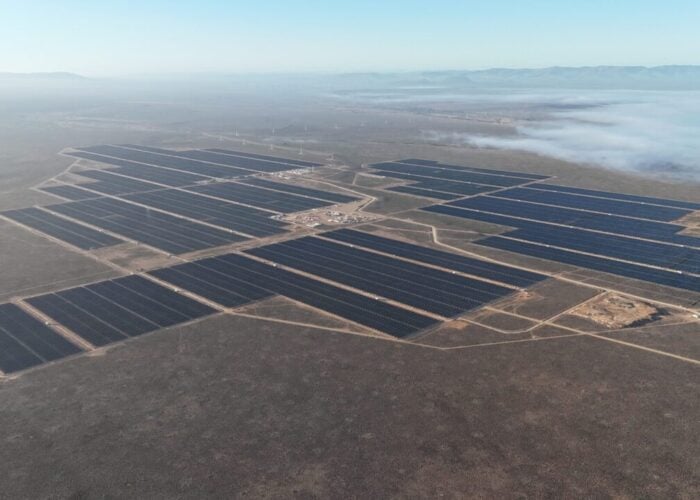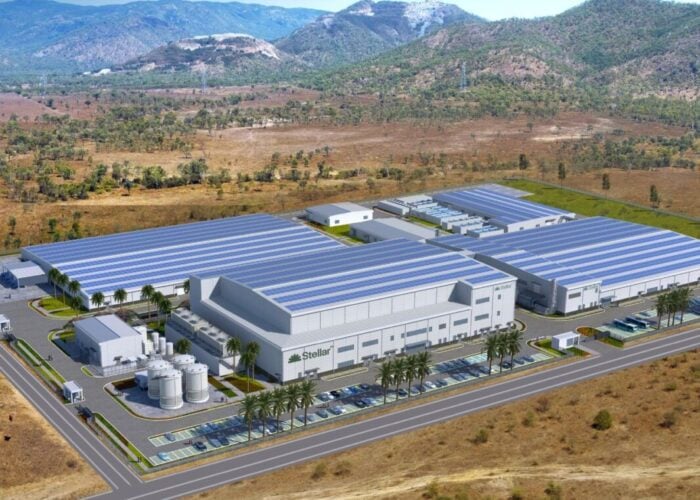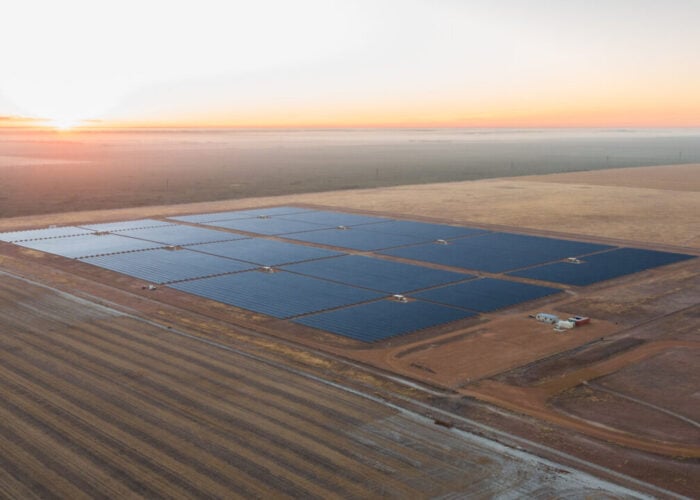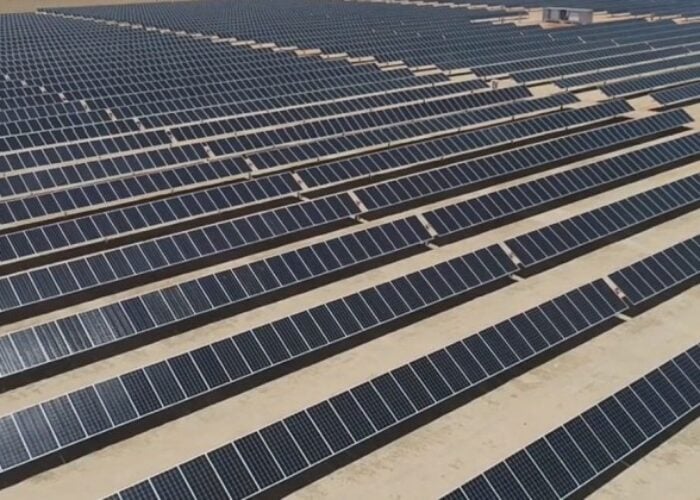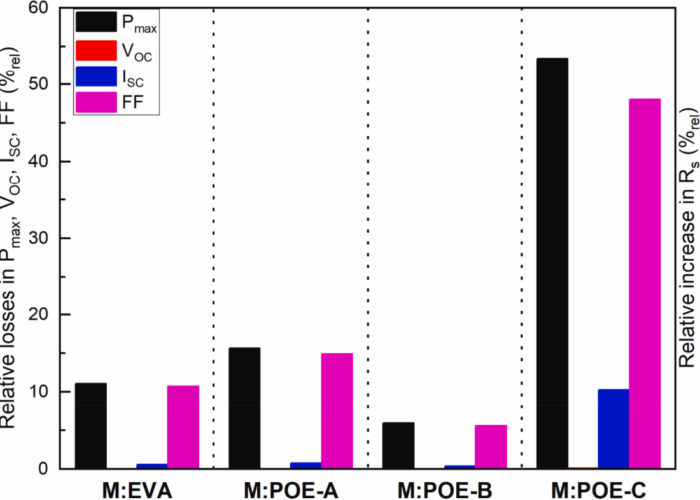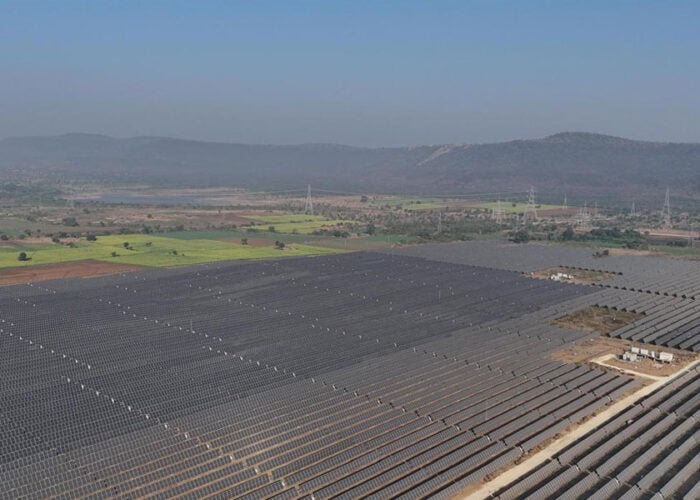Tough market conditions for Hanwha SolarOne led to fourth quarter losses and sliding shipments and average selling prices, which were below in-house manufacturing costs. Although the company posted 2011 revenue above US$1.0 billion level, the company reported a net loss of US$169.8 million. PV module shipments were 189.1MW, in the fourth quarter, a decrease of 5.9% from 200.9MW in the prior quarter. Module shipments for 2011 reached 844.4MW, representing an increase of 5.8% from 797.9MW in 2010. Hanwha SolarOne guided 2012 shipments to be in the range of 1GW.
“The year 2011 was a period of adjustment and consolidation for the industry,” noted Ki-Joon Hong, chairman and CEO of Hanwha SolarOne. “Excess capacity throughout the solar value chain, combined with incentive reductions in key markets, drove selling prices down at a rate faster than input costs, resulting in pressure on profitability. We believe the company continued to make progress in a number of areas, including growing synergies with our largest shareholder Hanwha. We continued to invest in branding, technology, management systems and people. We also made progress in reducing non-poly processing costs in spite of reduced utilization, penetrated new important growth markets including the US and China, and increased shipments nearly 20%.”
Try Premium for just $1
- Full premium access for the first month at only $1
- Converts to an annual rate after 30 days unless cancelled
- Cancel anytime during the trial period
Premium Benefits
- Expert industry analysis and interviews
- Digital access to PV Tech Power journal
- Exclusive event discounts
Or get the full Premium subscription right away
Or continue reading this article for free
Hanwha SolarOne reported fourth quarter 2011 net revenue of US$155.4 million, a decrease of 31.9% from 3Q11, and a decrease of 53.8% from 4Q10.
However, the company incurred several non-cash provisions in the quarter, which related to US$19 million due to inventory write-downs, US$54.4 million in advance payments on long-term supply contracts and US$21.4 million in goodwill impairments.
PV module shipments, including module processing services, were 189.1MW, a decrease of 5.9% from 200.9 MW in 3Q11, and a decrease of 13.6% from 218.8 MW in 4Q10. Shipments to the US in the fourth quarter overtook its key market of Germany.
Module ASPs declined to US$1.00 per watt, while production costs (including both silicon and non-silicon costs) using internally sourced wafers was US$1.03 per watt, a decrease from US$1.13 per watt in 3Q11. Total loss in the fourth quarter was reported at US$96.1 million.
The company reported total net revenue in 2011 of US$1,019.5 million, a 15% decline from 2010. Gross margin was negative 3.4%, compared with positive 22.2% in 2010. Hanwha SolarOne reported an operating loss US$174.2 million and a net loss of US$169.8 million. Operating margin decreased to negative 17.1%, compared with positive 15.7% in 2010.
PV module shipments in 2011, which included module processing services, reached 844.4MW, representing an increase of 5.8% from 797.9 MW in 2010. Module processing services was said to have accounted for 8.5% of total shipment revenues in 2011.
Production
Hanwha SolarOne reported 2011 CapEx was US$387.3 million and US$41.7 million in the fourth quarter. The company had ingot and wafer capacity of 800MW at the end of the year. Solar cell capacity reached 1.3GW and module capacity stood at 1.5GW.
Given the market dynamics and financial losses, management noted that it had no plans to expand capacity in 2012. As a result, CapEx would be significantly reduced to approximately US$100 million.
Management noted in a conference call to discuss financial results that it would continue to focus on manufacturing cost reductions in 2012, highlighting that its cost target by year-end was between US$0.55-0.60 per watt. Polysilicon price declines apart – emphasis was also placed on other material optimization strategies.
The company will also increase production of cells employing selective emitter technology and ‘quasi-mono’ wafers to boost conversion efficiencies. The company is targeting monocrystalline cell efficiencies of 18.5% in 2012, up from 18% in 2011. Multicrystalline cell efficiencies are targets to increase from 16.75% in 2011 to 17.25% in 2012.
To overcome impending duties in the US, the company noted that it was already using unidentified Korean manufacturers to produce modules for the US market.
Shipment guidance
The challenging business environment was expected to continue throughout 2012 with shipments declining in the first quarter of 2012, compared to the fourth quarter, though the company guided 1GW of shipments in 2012.
Strategy shift
Management highlighted in the call that module selling current selling prices were unsustainable and would shift away from OEM module business after OEM sales into Germany fell by around 50% in the fourth quarter. Emphasis was placed on moving downstream to develop PV power plants and module sell-through via developing project finance opportunities via Hanwha Group and Chinese banks.
Management said that this strategy would offer better margins and a more sustainable business model in the future.
The company said it would target 100MW or 20% of sales in the project business for 2012.
The company declined to provide financial guidance for 2012.

